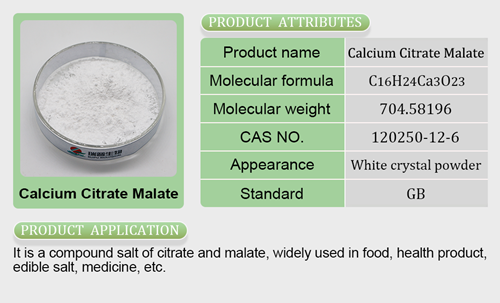Food fraud creates lucrative growth opportunity for detection firms
The threat of food fraud has intensified in recent years as the food supply has become more globalized and many sectors face increased competition. Some of the most notorious incidents include the 2013 horsemeat scandal in Europe, and the adulteration of Chinese infant formula with the industrial chemical melamine to increase its apparent protein content — which killed six children and hospitalized 54,000 in 2008. ###In the United States, the most common fraudulent foods inclu de honey, olive oil, m
de honey, olive oil, m ilk, saffron, coffee and fish, meaning that consumers may unwittingly buy a product that contains other ingredients. More than 60% of
ilk, saffron, coffee and fish, meaning that consumers may unwittingly buy a product that contains other ingredients. More than 60% of fish sold as “tuna” in the U.S. is actually some other kind of fish, for example. Apart from creating unfair competition for legitimate producers, food fraud also putcal mag zinc supplements consumer health at risk, due to the presence of undeclared allergens, mishandling of unlabeled ingredients or increased risk of bacterial growth.###Various fingerprinting solutions exist to test the authenticity of f
fish sold as “tuna” in the U.S. is actually some other kind of fish, for example. Apart from creating unfair competition for legitimate producers, food fraud also putcal mag zinc supplements consumer health at risk, due to the presence of undeclared allergens, mishandling of unlabeled ingredients or increased risk of bacterial growth.###Various fingerprinting solutions exist to test the authenticity of f oods such as honey and olive oil. The U.S. Pharmacopeia produces the Food Chemicals Codex, which contains standards and methods for detecting fraud in a variety of foods and ingredients. ###For high protein foods, PCR is a particularly useful testing technolozinc supplement for skingy. It works by collecting a sample of the food’s DNA and comparing it to a library of known authentic products. It can detect cheaper cow’s milk protein in buffalo mozzarella or goat’s milk, or whether fish and meazinc 9mgts are correctly labeled.###When it comes to the authenticib12 xymogenty of ingredients, it is up to food companies and regulators to remain vigilant. Food fraud isn’t going anywhere; it will continue as long as there are unscrupulous people seekzinc gluconate 70mg giáing to gain an economic advantage for their business. With the food authenticity market expected to grow from $5 billion last year to $8.3 billion by 2023, there is plenty of opportunity for detection firms to tap into this market.
oods such as honey and olive oil. The U.S. Pharmacopeia produces the Food Chemicals Codex, which contains standards and methods for detecting fraud in a variety of foods and ingredients. ###For high protein foods, PCR is a particularly useful testing technolozinc supplement for skingy. It works by collecting a sample of the food’s DNA and comparing it to a library of known authentic products. It can detect cheaper cow’s milk protein in buffalo mozzarella or goat’s milk, or whether fish and meazinc 9mgts are correctly labeled.###When it comes to the authenticib12 xymogenty of ingredients, it is up to food companies and regulators to remain vigilant. Food fraud isn’t going anywhere; it will continue as long as there are unscrupulous people seekzinc gluconate 70mg giáing to gain an economic advantage for their business. With the food authenticity market expected to grow from $5 billion last year to $8.3 billion by 2023, there is plenty of opportunity for detection firms to tap into this market.